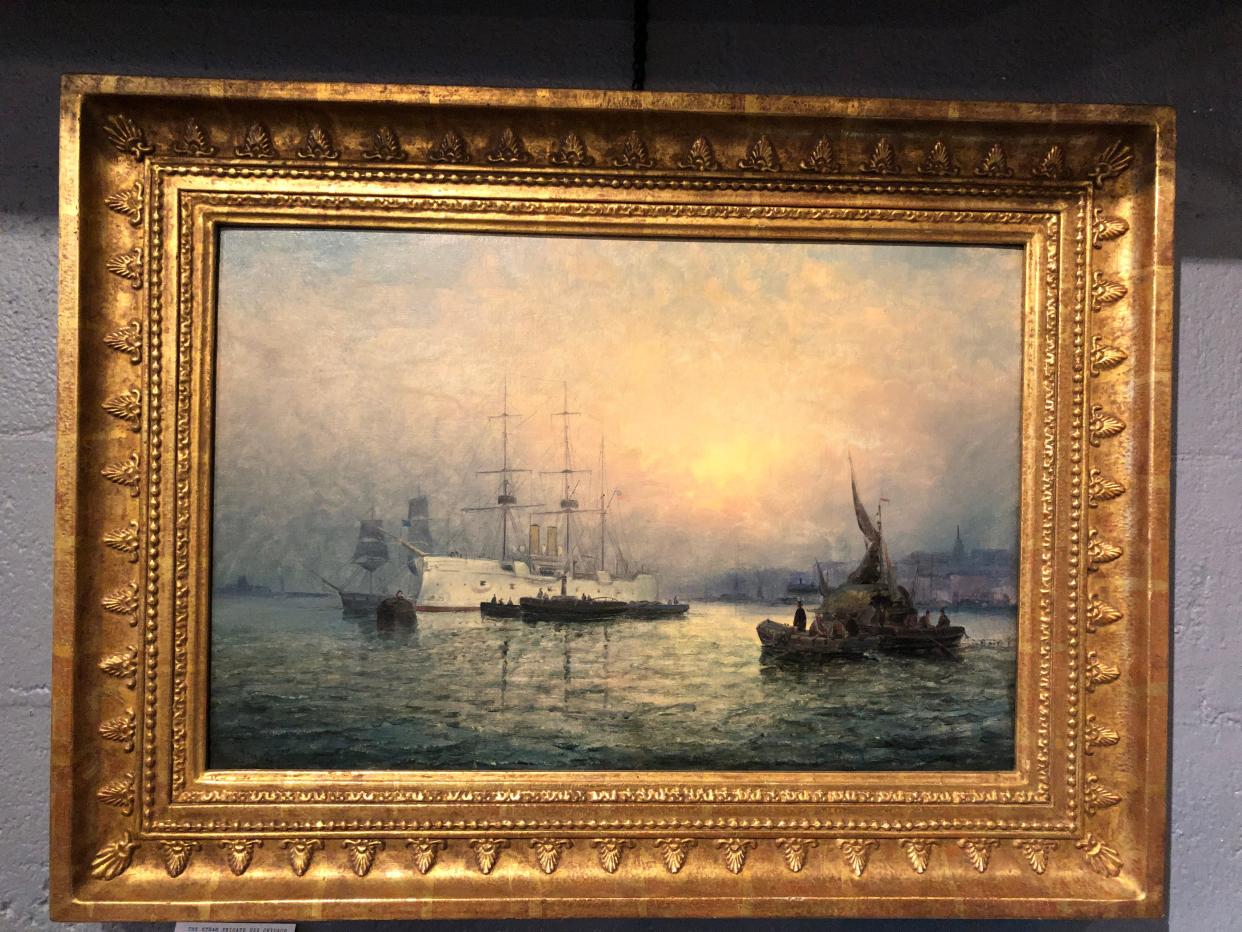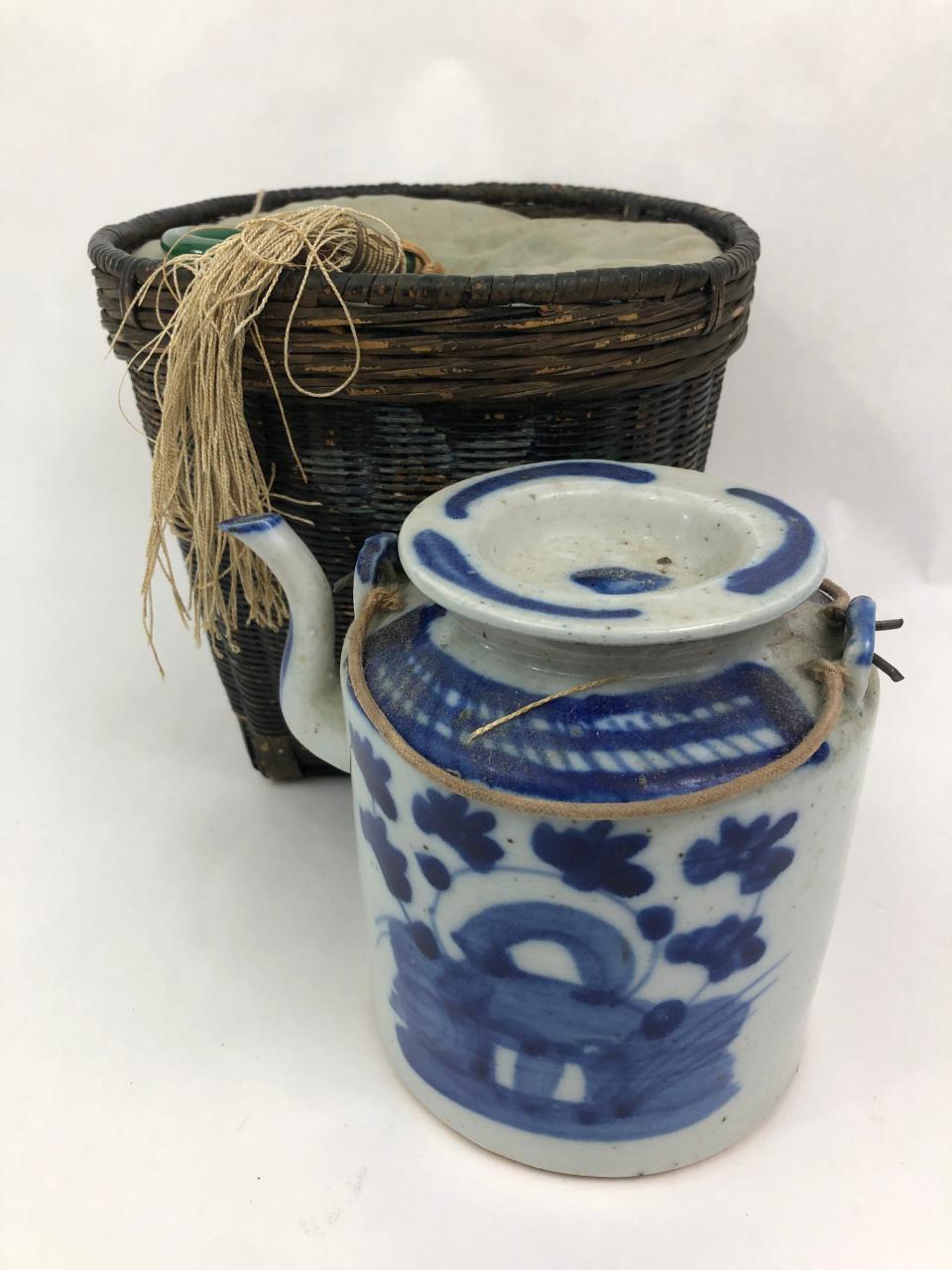Antiques: It's not just eBay anymore

The online auction market continues to grow. If you're a collector of any stripe, you probably know that already. Still, the online platform Invaluable recently published a summary of last year's results and the numbers were eye-popping. It wasn't long ago that live attendance at auctions was all but mandatory, and bidders were mostly dealers looking to expand their inventories. When two years of COVID restrictions prompted many consumers to discover that online bidding was a lot more than just eBay, the number of online auctions exploded almost overnight. While the big boys - Christies and Sothebys - still handle almost all the gigantic eight- and nine-figure sales, smaller auctioneers are changing the way people buy, sell, and view collectibles. Let's take a look.
First of all, online aggregators such as Bidsquare, Invaluable and LiveAuctioneers have made it easy for shoppers to scan auctions from around the world. You simply type in a brief description of who or what you're looking for, and results will come up from any number of far-flung places. On the day of the auction, some platforms will track how many live viewers have tuned into the sale. You can leave absentee bids and allow events to take their course, or follow the auction live and risk getting caught up in the bidding. Sometimes auctions at odd times or locations will generate fewer viewers, allowing for the possibility of some better-than-average deals. Also, auction houses will frequently name an auction for the bulk of its contents; e.g., Studio Pottery or Asian Art and Antiques. However, it's often the case that a few unrelated items will be included in the mix, akin to catnip for hard-core auction trackers.

As for last year's results, Invaluable's recent post was revealing. The platform attracted some 72,000 individual bidders for paintings, and nearly as many for coins and stamps. Chinese artifacts drew more than 52,000 bidders while general decor found interest from almost 51,000 different souls. The point is that buyers abound in these and other categories, driving up prices and making it difficult for dealers and bottom-feeders to score any bargains. These are worldwide numbers too, thus adding the vagaries of foreign exchange rates into the mix. Not long ago, the British pound and US dollar were almost at parity, giving a considerable (if temporary) advantage to American buyers bidding in England. While that situation has now changed, there will undoubtedly be similar opportunities in the future.
Invaluable also offers insights into the most popular artists of 2022, naming Chagall, Peter Max, Miro and Picasso among others. Rather surprisingly, avian artist John J. Audubon was also in the mix, as were some lesser-known painters such as Keith Haring and Patricia Govenzensky. Here again, astute buyers and pickers might take note of these lesser names in ascension and keep an eagle eye out for same. As usual, paintings dominated the list of highest prices paid, but Americana items such as a John Hancock-signed letter relating to the Declaration of Independence ($1,550,000 hammer price) and Elvis Presley's gold and diamond ring ($455,000) brought equally gigantic prices. A number of Asian artifacts reached the stratosphere as well.
The point of all this is that if you're not looking at online auctions as a viable way of scratching your acquisitive itch, you should be. To be sure, there are some risks. Some online auctioneers do a substantially better job of describing and photographing their wares than do others. Unless an item has been grossly misrepresented, there are no returns. Buyer's premiums are often 20% or more, and the cost of packing and shipping large or fragile items is a lot more than it used to be. It should also be noted that certain auctioneers are more scrupulous than others. The term "unauthenticated" should be read as "reproduction," and I wonder sometimes if I'm bidding against other buyers or perhaps just the auctioneer running up the price. All the same, it's an inviting market and regular searches will often turn up that single missing piece from a lifetime of collecting. As the California Lottery used to advertise, you can't win if you don't play.
Mike Rivkin and his wife, Linda, are longtime residents of Rancho Mirage. For many years, he was an award-winning catalogue publisher and has authored seven books, along with countless articles. Now, he's the owner of Antique Galleries of Palm Springs. His antiques column appears Sundays in The Desert Sun. Want to send Mike a question about antiques? Drop him a line at info@silverfishpress.com.
This article originally appeared on Palm Springs Desert Sun: Antiques: It's not just eBay anymore

